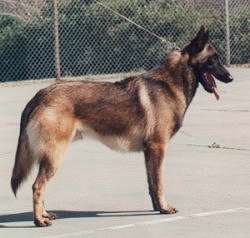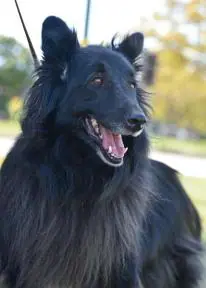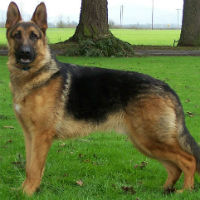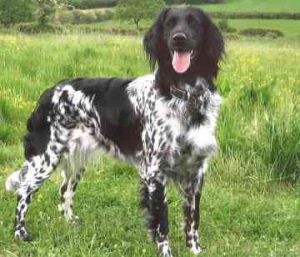Belgian, Malinois
American Belgian Malinois Rescue | Be Their Hero

-
Breed Group : HERDING
-
Origin : Belgium
-
Average Height : 22" - 26"
-
Average Weight : 60 - 65 lbs.
-
Life Span : 12 - 14 years
Photo Courtesy of : Malinois Rescue ABMC
-
Size
1 2 3 4 5 6 7 8 9 10 -
Energy
1 2 3 4 5 6 7 8 9 10 -
Intelligence
1 2 3 4 5 6 7 8 9 10 -
Ease of Training
1 2 3 4 5 6 7 8 9 10 -
Hypo-Allergenic
1 2 3 4 5 6 7 8 9 10 -
Shedding
1 2 3 4 5 6 7 8 9 10 -
Good with Kids
1 2 3 4 5 6 7 8 9 10 -
Good with Other Pets
1 2 3 4 5 6 7 8 9 10 -
Guard Dog
1 2 3 4 5 6 7 8 9 10








